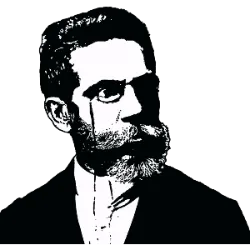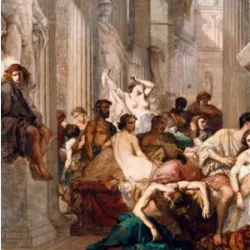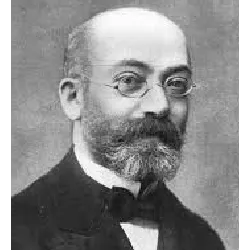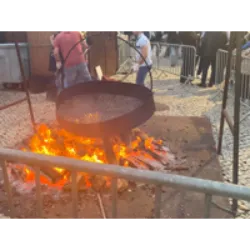Brazilian Literature: The Classics

Brazilian literature spans centuries, reflecting the country's society, customs and contradictions. Machado de Assis, one of the greatest writers in the Portuguese language, innovated with the irony and pessimism of Memórias Póstumas de Brás Cubas and Dom Casmurro, which to this day generate debates about the enigmatic Bentinho and Capitu.
In Romanticism, José de Alencar helped to build the national identity with O Guarani and Iracema, exploring colonial Brazil and the figure of the indigenous people. In Naturalism, Aluísio Azevedo, with O Cortiço, denounced social inequalities and precarious living conditions.
Regionalism shone with Graciliano Ramos, who portrayed the drought in the Northeast in Vidas Secas and the struggle for power in São Bernardo. Jorge Amado, in turn, brought Bahia and its people to the center of the narrative with Captains of the Sands and Dona Flor and Her Two Husbands.
Modernist and experimental literature gained strength with Grande Sertão: Veredas, by João Guimarães Rosa, and A Hora da Estrela, by Clarice Lispector, which explored subjectivity and the human condition. Macunaíma, by Mário de Andrade, brought an irreverent anti-hero as a symbol of Brazil. Classics such as O Quinze, by Rachel de Queiroz, and Fogo Morto, by José Lins do Rego, reaffirmed the power of Brazilian literature as a mirror of the country's culture and history.
Did you know??













